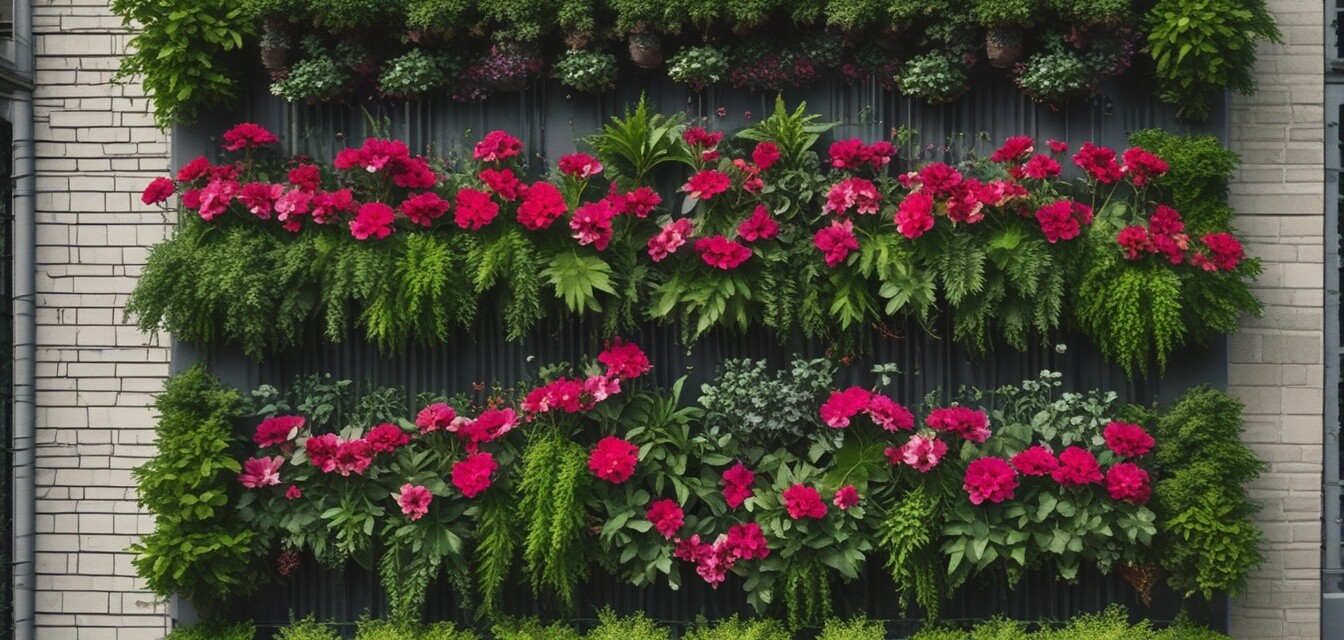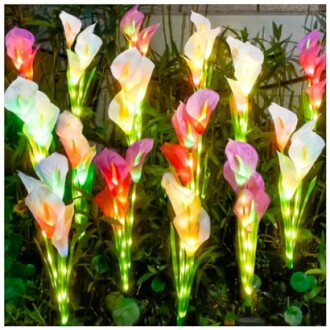
How to Create a Vertical Garden Wall
Key Takeaways
- Define the purpose and location of your vertical garden wall.
- Choose suitable plants that thrive in vertical settings.
- Consider materials like pallets, trellises, and modular planters.
- Ensure proper drainage to maintain plant health.
- Incorporate decorative elements such as lighting to enhance aesthetics.
Creating a vertical garden wall is a perfect way to transform your balcony into a vibrant oasis. With urban spaces becoming increasingly limited, this gardening technique not only maximizes space but also adds beauty and life to your outdoor area. In this guide, we’ll walk through the steps to construct your very own vertical garden wall.
What You'll Need
- Wooden pallets or trellis
- Potting soil
- A variety of plants (herbs, flowers, or succulents)
- Gardening tools (gloves, shovel, watering can)
- Support brackets (if needed)
- Watering system or containers for easy access
Step-by-Step Instructions
1. Choose the Right Location
Select a spot on your balcony where the garden wall will get ample sunlight. Generally, most flowering plants and herbs thrive with at least 4-6 hours of sunlight daily.
2. Build the Framework
Your vertical garden wall can be made from wood pallets, lattice panels, or modular planters. Here's how to create a simple framework using wooden pallets:
- Secure two pallets vertically to the wall.
- Attach support brackets to ensure stability.
- Ensure there’s sufficient space for plants to grow—consider spacing them out.
3. Prepare the Plants
Choose a mix of plants suited to your climate and sunlight availability. Popular vertical garden options include:
| Plant Type | Sun Requirement | Notes |
|---|---|---|
| Herbs (Basil, Mint) | Full Sun | Easy to grow and great for cooking. |
| Succulents | Full to Partial Sun | Low maintenance and drought-resistant. |
| Flowering Plants (Petunias, Marigolds) | Full Sun | Adds vibrant color and attracts pollinators. |
4. Plant Your Greens
Fill the pallets or planters with potting soil, creating small pockets for each of your plants. Ensure they are secured well, as vertical gardens can be more susceptible to the wind.
5. Watering and Maintenance
Water your vertical garden regularly. A drip irrigation system can make this easier. Make sure to check for pests and dead leaves frequently:
Quick Tips for Vertical Gardens
- Rotate your plants every few months for even growth.
- Incorporate decorative elements like DooYard Solar Garden Lights for a magical nighttime glow.
- Use lightweight planters to reduce the pressure on your structure.
Enhance Your Vertical Garden
To give your vertical garden that extra charm, consider adding some decorative lighting:
DooYard Solar Garden Lights
Bring magic to your balcony with the DooYard Solar Garden Lights. These solar calla lily flower lights transform your space with color-changing, glowing stems.
Learn More6. Overcoming Challenges
Vertical gardens can come with their own set of challenges, such as pests and poor drainage. Keep an eye out for common balcony gardening problems:
- Overwatering can lead to root rot—ensure drainage is adequate.
- Watch out for pests; regularly inspect your plants.
- Replace any dead plants promptly to maintain aesthetics.
Conclusion
A vertical garden wall is not just a practical solution for limited space—it’s a way to beautify your balcony and make it a relaxing retreat. With the right planning and execution, you can create a stunning display that adds greenery and personality to your home.
